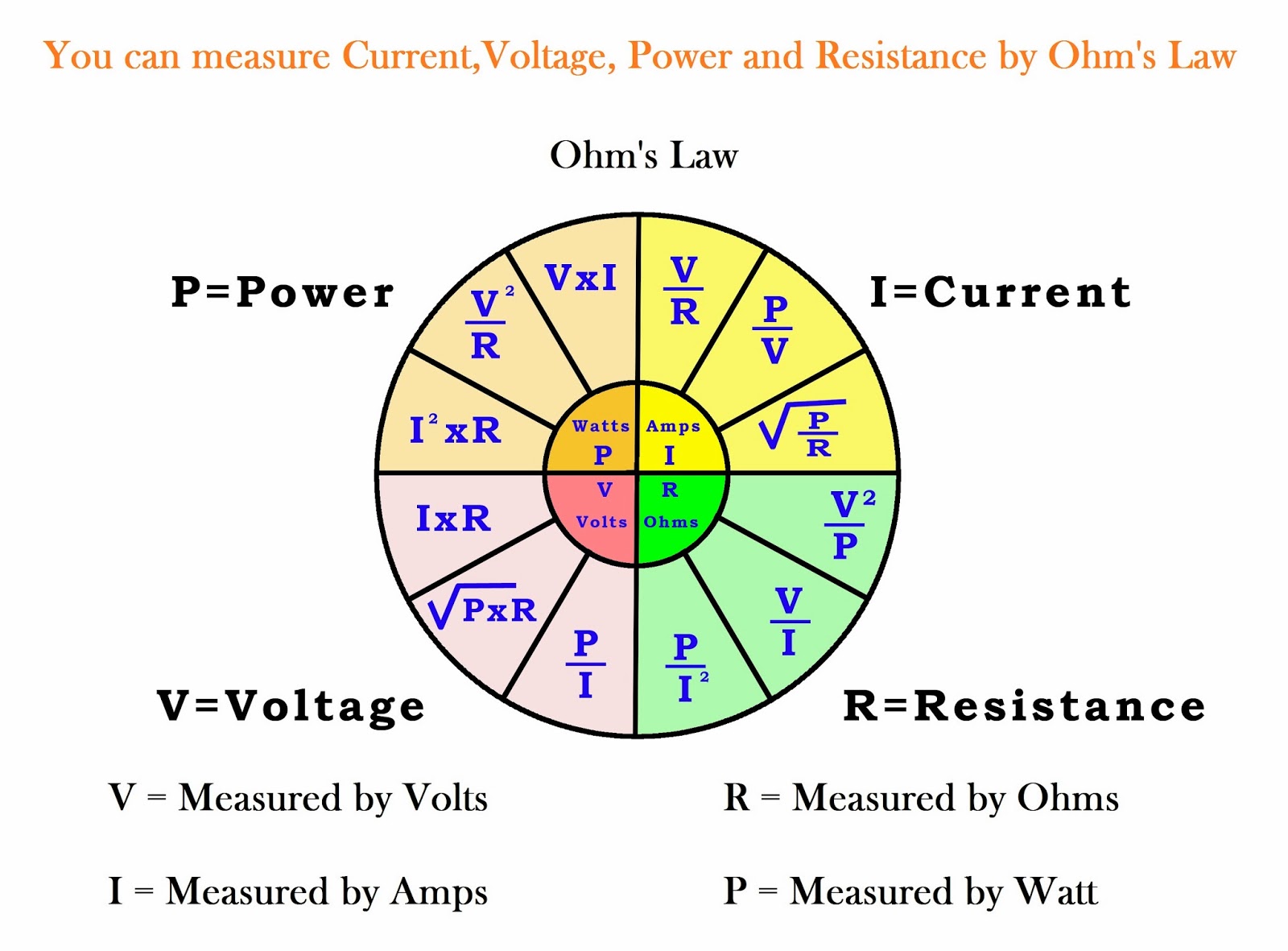Voltage Drop Under Load The Shocking Truth

Ever wonder why your headlights dim when you crank up the car stereo? Or why that power tool struggles when you really put it to work? The culprit is voltage drop under load, a fundamental principle of electricity that affects everything from household appliances to massive power grids. Grasping this concept is key to designing, troubleshooting, and optimizing electrical systems for peak performance.
Voltage drop, in its simplest form, is the decrease in electrical potential difference between two points in a circuit when current flows through it. Think of voltage as the pressure pushing electrons through the circuit, and the load as the resistance they encounter. The greater the load – the more power demanded – the more significant the drop in voltage.
This phenomenon is rooted in Ohm’s Law, a cornerstone of electrical theory. Ohm’s Law states that voltage (V) is equal to current (I) multiplied by resistance (R): V = I * R. As current increases with a heavier load, and the resistance of the circuit remains relatively constant, the voltage drop across that resistance also increases.
The history of understanding voltage drop is intertwined with the development of electrical theory itself. Early experimenters like Georg Ohm and André-Marie Ampère laid the groundwork for understanding circuit behavior and the relationship between voltage, current, and resistance. Their work paved the way for the practical application of electricity in everything from telegraphs to power generation.
The importance of understanding voltage drop cannot be overstated. Excessive voltage drop can lead to a multitude of problems, including dimmed lights, malfunctioning appliances, overheating equipment, and even fire hazards. In industrial settings, voltage drop can significantly impact the efficiency and lifespan of machinery. In a worst-case scenario, under-voltage can cause critical systems to fail, leading to significant financial losses and safety risks.
A simple example illustrates this principle. Imagine a garden hose with a spray nozzle. The water pressure represents the voltage, and the nozzle's restriction represents the load. When the nozzle is closed (no load), the pressure is highest. When you open the nozzle (increase the load), the water flows, but the pressure at the nozzle decreases. Similarly, in an electrical circuit, as the load increases (more devices are turned on), the voltage available to each device decreases.
While excessive voltage drop is detrimental, some voltage drop is inherent and unavoidable in any circuit carrying current. The key is to manage and minimize it to acceptable levels.
One way to mitigate voltage drop is to use thicker wires, which have lower resistance. Another approach is to reduce the length of the circuit, as longer wires contribute to higher resistance. Careful selection of appropriate wire gauge and circuit design is critical for ensuring proper voltage levels at the load.
Advantages and Disadvantages of Understanding Voltage Drop
| Advantages | Disadvantages |
|---|---|
| Improved system efficiency | Requires calculations and planning |
| Increased equipment lifespan | Can necessitate more expensive materials (e.g., thicker wires) |
| Enhanced safety | Troubleshooting can be complex |
Excessive voltage drop can be challenging to diagnose. Using a multimeter to measure voltage at various points in the circuit can pinpoint areas with significant drops. Understanding the root cause – whether it’s overloaded circuits, undersized wiring, or faulty connections – is crucial for effective remediation.
Frequently Asked Questions:
1. What causes voltage drop? Resistance in the circuit and the amount of current flowing.
2. How can I calculate voltage drop? Using Ohm’s Law (V=IR).
3. Is some voltage drop normal? Yes, a small amount is unavoidable.
4. What are the consequences of excessive voltage drop? Dim lights, malfunctioning equipment, overheating, potential fire hazards.
5. How can I reduce voltage drop? Use thicker wires, shorten circuit lengths, and distribute loads effectively.
6. What tools can I use to measure voltage drop? A multimeter.
7. Why does my voltage drop when I turn on a large appliance? The increased current draw causes a larger voltage drop across the circuit resistance.
8. How can I ensure my wiring is adequate to prevent voltage drop? Consult an electrician or use online voltage drop calculators.
In conclusion, understanding why voltage drops under load is essential for anyone working with electrical systems. From simple household circuits to complex industrial installations, managing voltage drop ensures efficient operation, prolongs equipment life, and prevents potential hazards. While a certain degree of voltage reduction under load is inevitable due to the inherent resistance in conductors, the detrimental effects of excessive voltage drop highlight the importance of proper circuit design, wire selection, and load management. By applying the principles outlined here, you can optimize your electrical systems for peak performance and safety. Take the time to understand the specifics of your electrical setup, consult resources like online voltage drop calculators, and seek professional advice when needed to ensure efficient and safe operation of all your electrical devices and systems.
Decoding the ya no aguanto meme phenomenon
Deciphering the enigma of the fuel tank vent cap
Ea fc 25 mobile release date speculation












